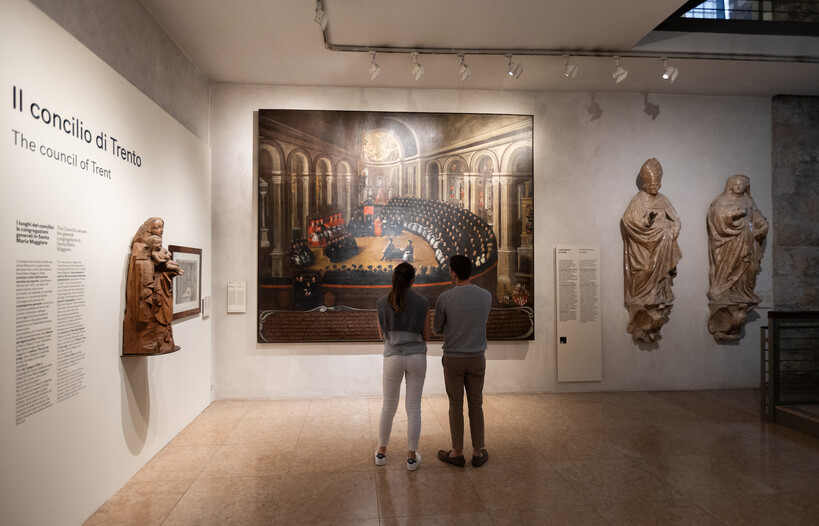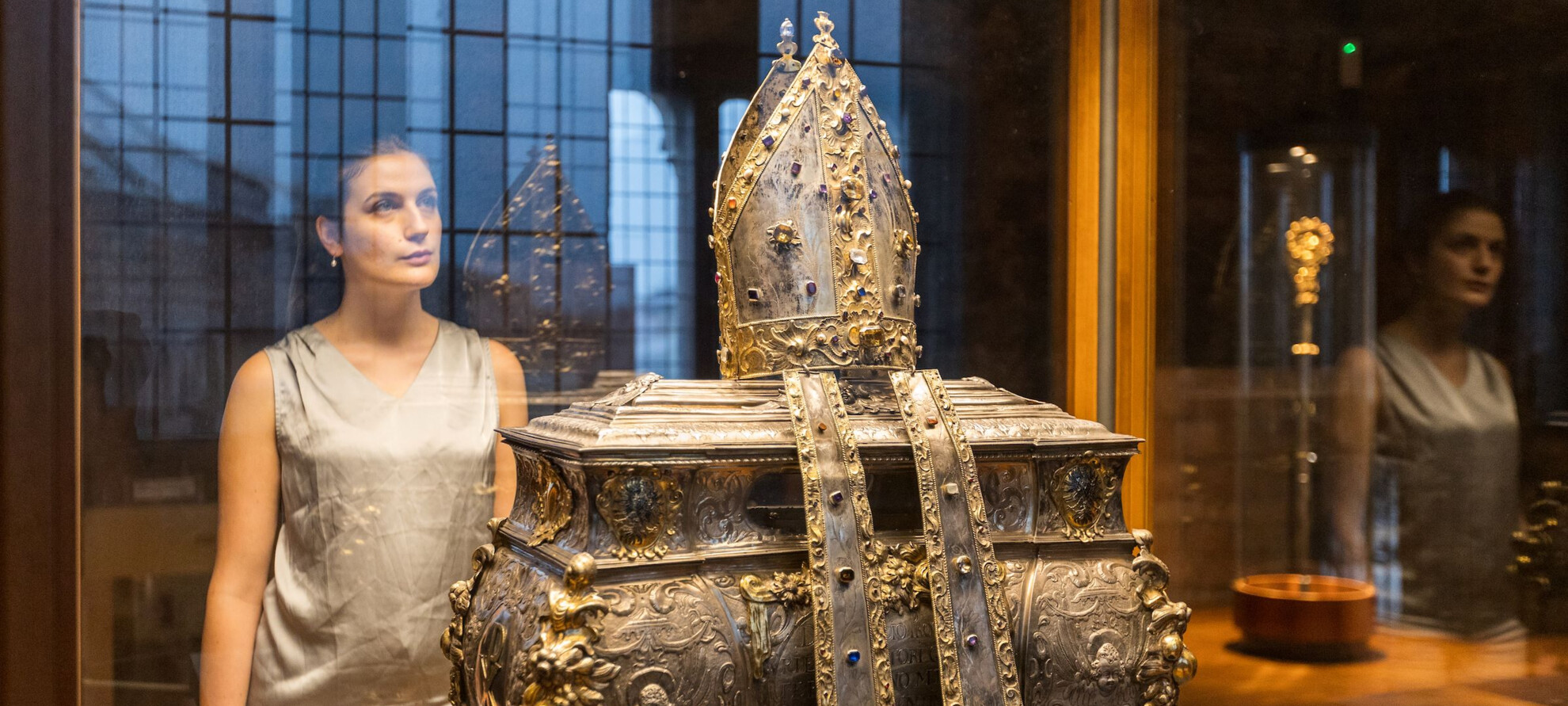A gem of a museum
The Diocesan Museum, a treasure trove that holds the stories of the city
In the heart of Trento is a place full of treasures. One containing gold and precious stones, and another, maybe more precious, full of stories. Stories you can read walking the streets of Trento, written in the alleyways and on the walls of the ancient palaces. Like the one that houses the Tridentine Diocesan Museum (Museo Diocesano Tridentino), a treasure trove in the heart of the city.
Visiting this museum is not just about walking into the historical Palazzo Pretorio to admire works of religious art coming from all over Trentino; it is also about discovering, room after room, the stories of Trento. From the glorious pages of the Council of Trent to darker ones like the case of Simon of Trent.
We invite you to cross the threshold of this ancient palazzo in the company of Margherita Secchi, head of communication, and Veronica Cagnati, educational services operator, to admire the masterpieces of Trentino's religious art, discover the history of Trento, room by room, and enjoy a magnificent view of the city from a privileged vantage point. The same spot that has seen prelates, inhabitants of the city and the prince bishops who made history looking out over the centuries.
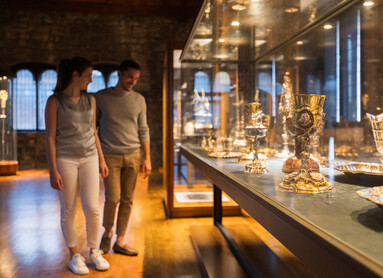
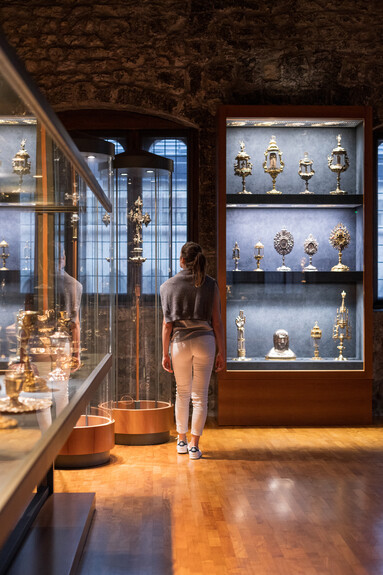
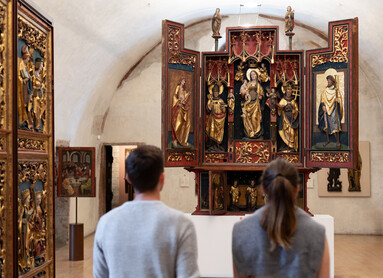
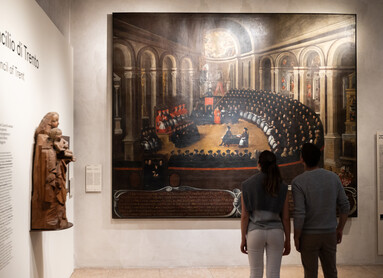
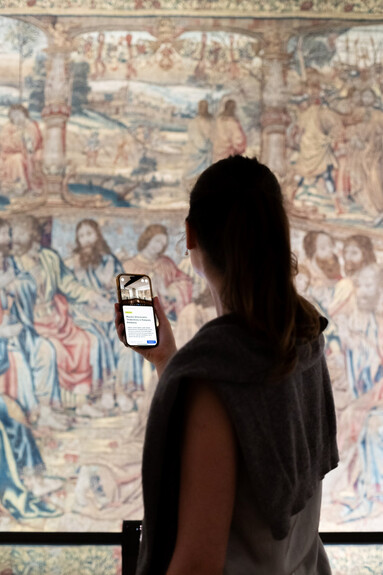
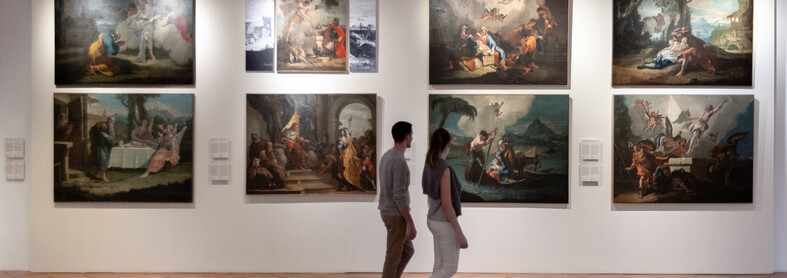
A palazzo to discover
Visiting the Tridentine Diocesan Museum means discovering three places: the museum, housed in the halls of Palazzo Pretorio and the Castelletto, the seat of the prince bishops until the 13th century, the Paleochristian Basilica of San Vigilio, which is found underground in the cathedral next door, and the Torre di Piazza, where you can enjoy a panorama over the city, thanks to its 45-metre height.
To visit the Torre di Piazza you need to buy a supplement to the standard ticket, and booking is required because only small groups are permitted to climb the tower, and it is not recommended for people with motor difficulties, heart problems, those who suffer from vertigo, or for children under 1 metre 20 in height. To allow everyone to enjoy this view, the museum is working on a virtual reality project, creating an immersive video to watch with headsets located at the entrance of the museum. A wonderful initiative to make the museum more inclusive!
If you like panoramas, this museum can offer you a real treat. A passage between one room and another gives you a glimpse of the inside of the Cathedral of San Vigilio from above. An unexpected surprise that will astonish you.
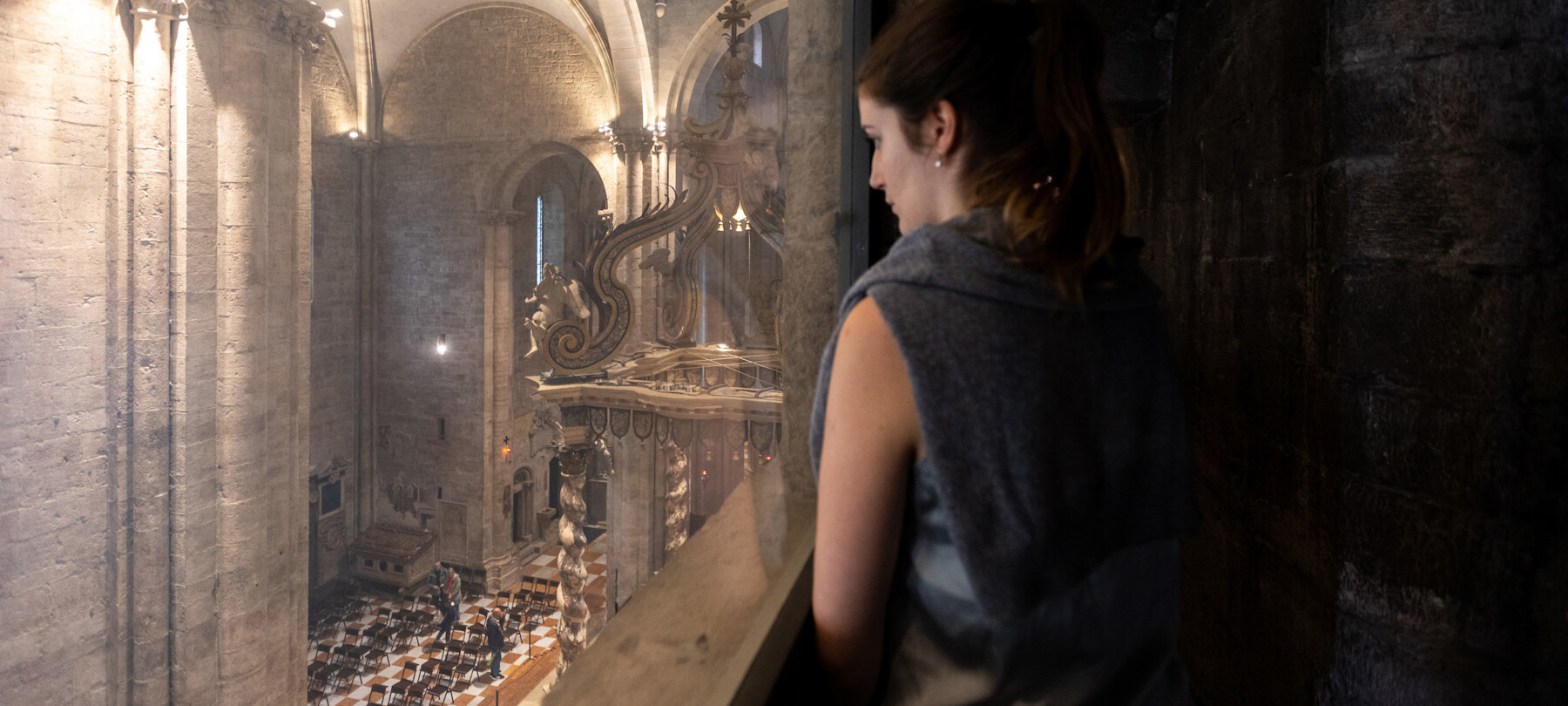
Tra dipinti, portelle e arazzi meravigliosi
Wonderful paintings, winged altarpieces and tapestries
The Tridentine Diocesan Museum was founded in 1906 with two goals: housing and protecting the religious artworks that were spread across the region, often in places that couldn't keep them safe, and allowing the religious art students from the seminary to study them.
The museum still takes on this dual role today, as a guardian and educator of culture and beauty, including the magnificent paintings of Andrea Pozzo, an important figure in late-Baroque art. In fact, he was the painter of the spectacular frescoes in the naves of the Church of Sant'Ignazio in Rome, which are a masterful example of the use of perspective. Or the finely crafted winged altarpieces and works in wood from the 15th and 16th centuries.
However, the highlight of the museum can be found in the Hall of Tapestries. Here, you will find a rare collection of Flemish tapestries purchased by prince bishop Bernando Clesio in the 16th century, made in Brussels by Pieter van Aelst, one of the best-known tapestry weavers of the time. To give you an idea, the great Raphael entrusted the creation of the tapestries for the Sistine Chapel to van Aelst.
Clesio purchased the tapestries to decorate his residence at the Castello del Buonconsiglio, but during the conciliar period, the works were moved to the Trento Cathedral to adorn the hall that hosted the solemn sessions of the Council.
The tapestries depict the Passion of the Christ, one after the other. This is one of very few cycles of tapestries that have reached the modern day intact. A treasure to be preserved with care.
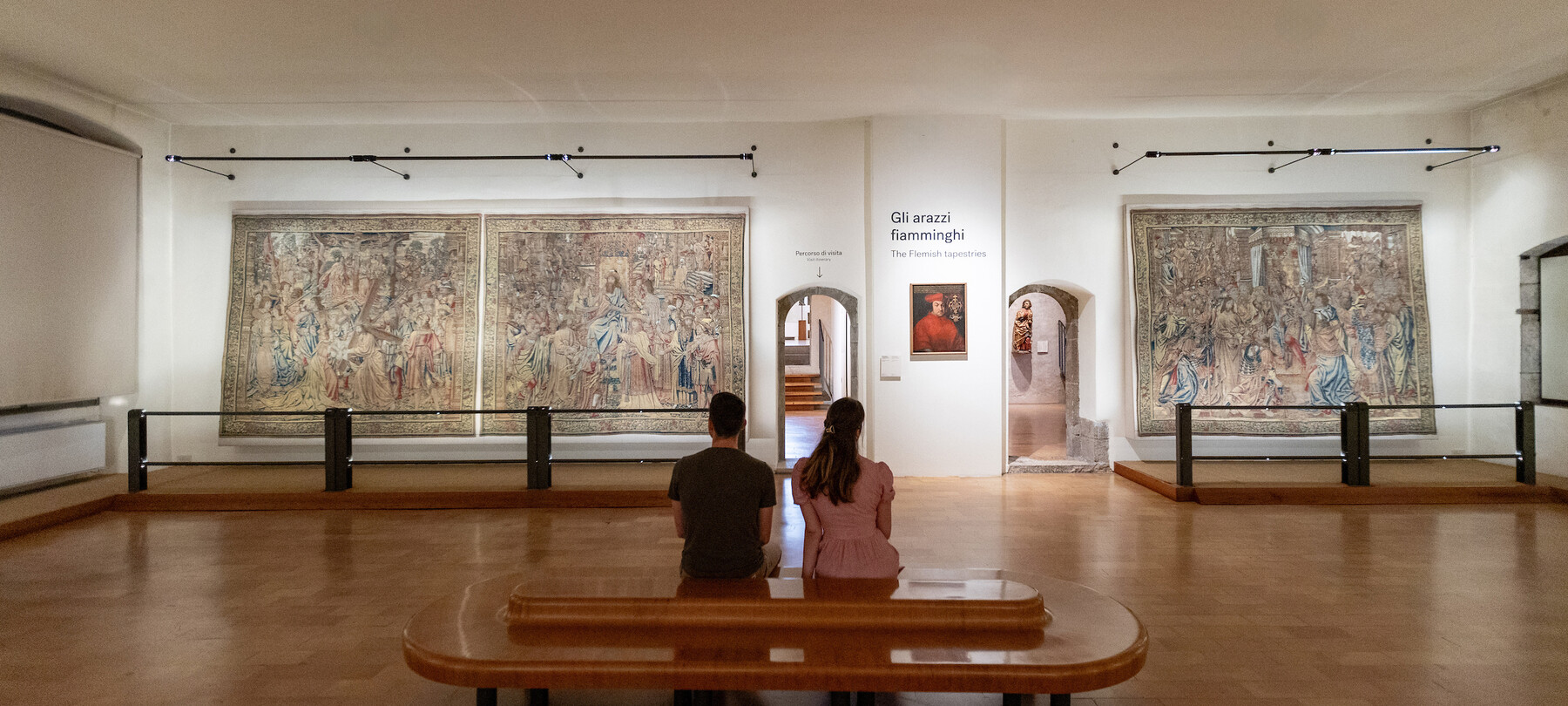
An audio tour to visit the museum
To visit the museum and discover the history of the most important works, the museum is working on a tour with an audioguide (in Italian, English and German) that can be used by visitors through their smartphones, by simply scanning the QR codes located at strategic points in the museum. In total there will be sixteen points of interest, six of which will be available in Italian Sign Language and International Sign Language (IS).
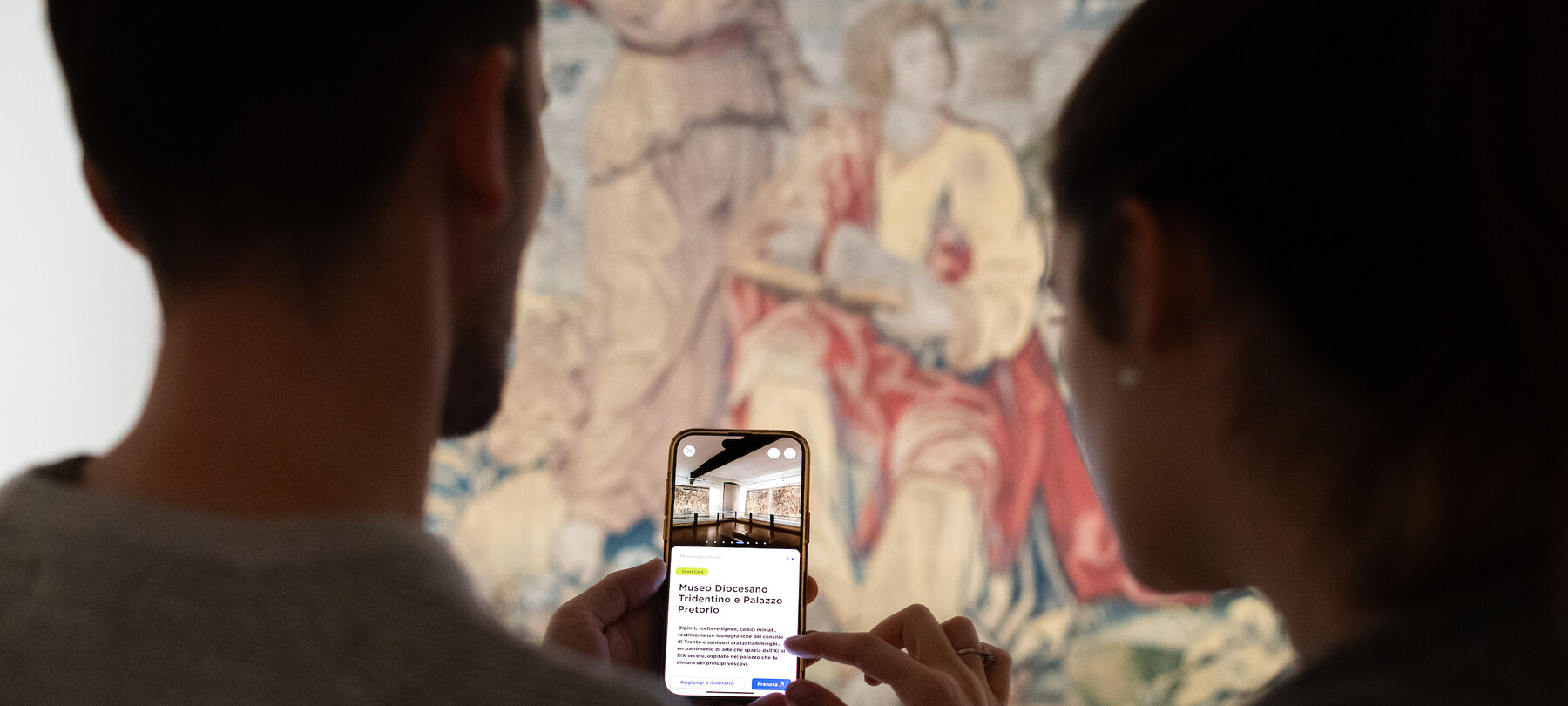
Dentro e fuori il museo, per scoprire la città
Inside and outside the museum, to discover the city
To tell the story of the city in the most engaging way possible, the Diocesan Museum also spreads outside the museum itself, to walk around Trento's historical centre. It does this thanks to various tour routes, for different ages and types of audience.
For schoolkids, 21 themed tours were developed in 2023, involving 237 classes of students. These tours develop around particular stories. The most in-demand? The tour tracing the steps of the Council of Trent, the one telling the story of Simon of Trent, and the one that takes you to discover the ancient Roman city of Tridentum that lies underground.
The tours are different depending on the age of the visitors, and include a visit to the museum, educational workshops and treasure hunts that take young people outside the museum to search for monuments and works of art.
There are also tours for adults, especially in spring and autumn, to invite them to discover the relationship between the museum and the city of Trento, through the heritage preserved in the halls of Palazzo Pretorio and the history and art in the churches, piazzas, streets and city palaces.
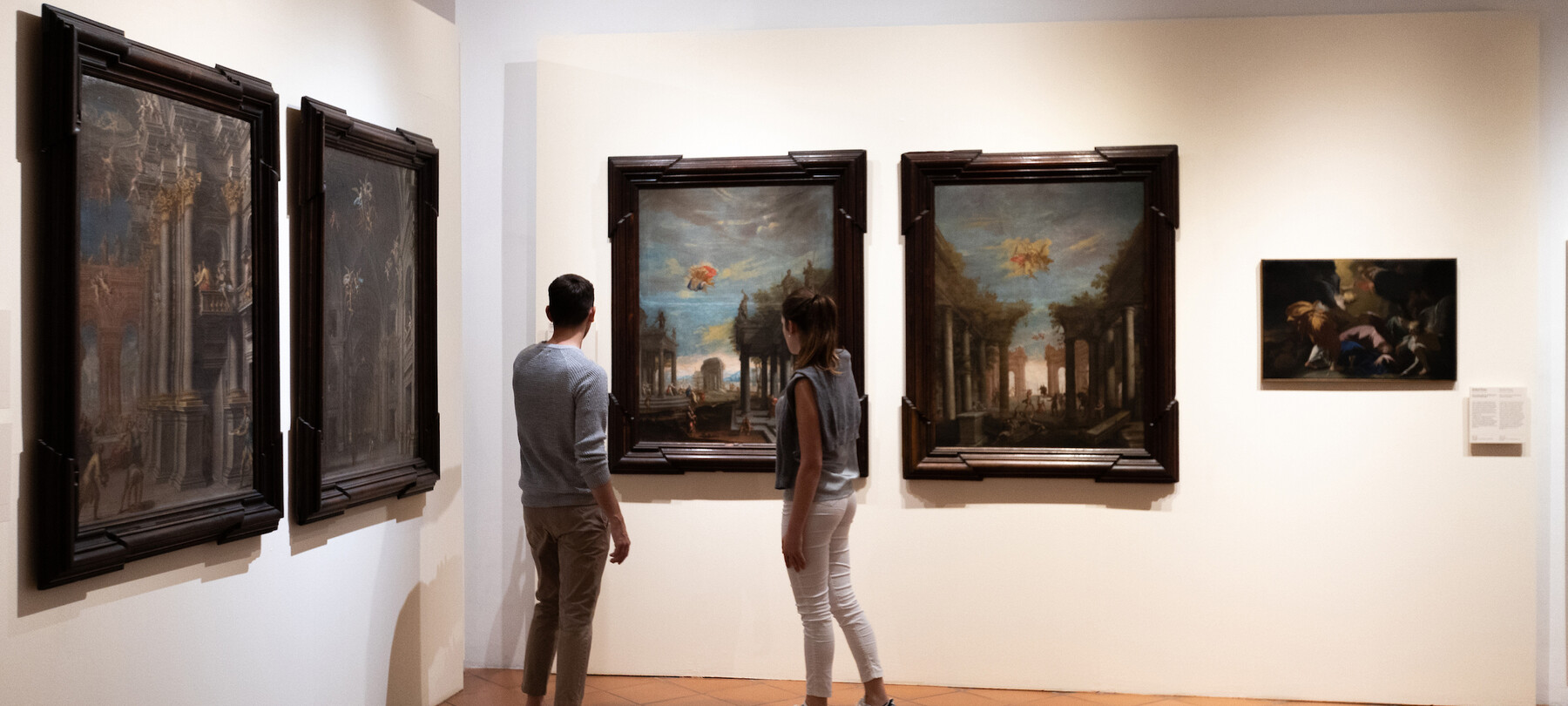
Concerts and 16th-century banquets
The museum's offer for adults isn't limited to themed tours around the city - it also includes two other initiatives. Nights at the museum, and Council of Trent dinners.
Nights at the museum are evening events in the museum, where you can attend jazz, blues or classical music concerts with ticketed entry.
The Council dinners (currently suspended in 2024) take place between the end of spring and the month of September. These are Renaissance banquets featuring dishes cooked and served according to the recipes and customs in use at 16th-century feasts. All of this is led by an anthropologist who introduces the historical context. The dinner is preceded by a visit to the museum and the various locations of the Council.
The new development for 2024 is the museum's collaboration with the historical Osteria Le Due Spade for the creation of historical dinners on commission, with dishes from the 16th to the 18th centuries.
Exhibitions
The Diocesan Museum hosts many interesting temporary exhibitions, and if none of these are available, there is also a permanent exhibition, "The image of Trento from the 16th to the 20th century", a photographic exhibit that shows how the face of the city has changed over the centuries.
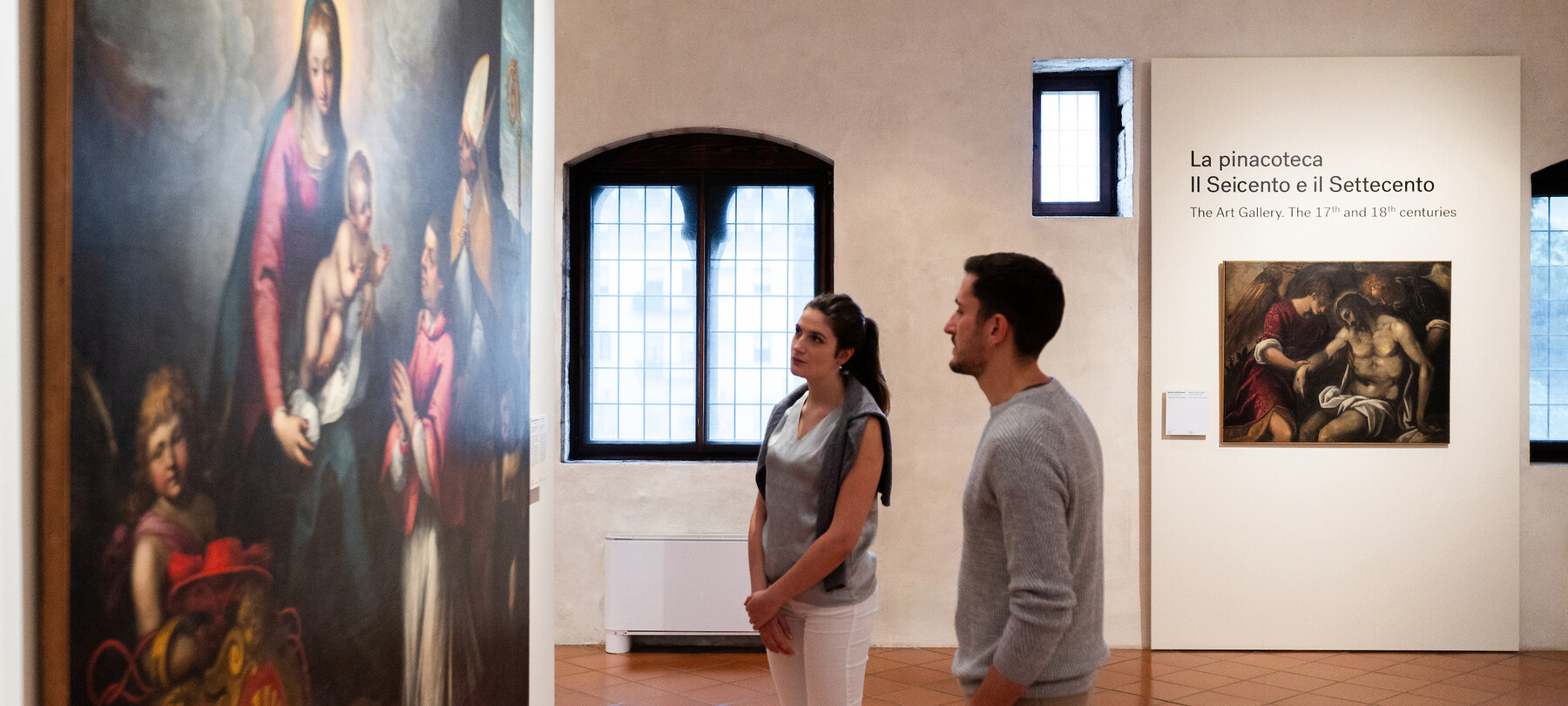
Uno scrigno che custodisce un tesoro
A chest that holds great treasure
There are many reasons to visit the Diocesan Museum, but three things really make it a must for those visiting the city.
The first is that the museum brings together the works of religious art from all the dioceses in Trentino in one place, creating a rich, diversified collection that offers a comprehensive view of the evolution of art in the different parts of the region.
The museum is also in a strategic position, right in the city centre, in a historical palazzo with a spectacular view over the city. The visit takes an hour (or two, if you decide to climb the tower), and it is really worth taking this cultural interlude between a walk in the centre and an aperitivo.
But the most enjoyable reason we have kept for last. We have already told you how precious the Flemish tapestries in the museum are, but the halls of Palazzo Pretorio hold something even more precious, in a place with an evocative name: the Hall of the Cathedral Treasure.
As soon as you cross the threshold, you will notice the glint of gold glittering in the cases, unchanged by the passing centuries. Among the pieces is a lavish Crosier belonging to Bishop Giorgio Hack (circa 1458), which is elegant and extremely detailed. In one case is the Processional Urn of San Vigilio, dating from 1632, which has been used for the procession on the 26th June for centuries. The room also holds a small portable altar, a highly rare object that belonged to Federico Vanga (early 13th century). The prince bishop travelled a lot, and carried with him this small wooden altar covered with gold leaf, with a hole in the centre that once housed relics, sealed with a sheet of porphyry.
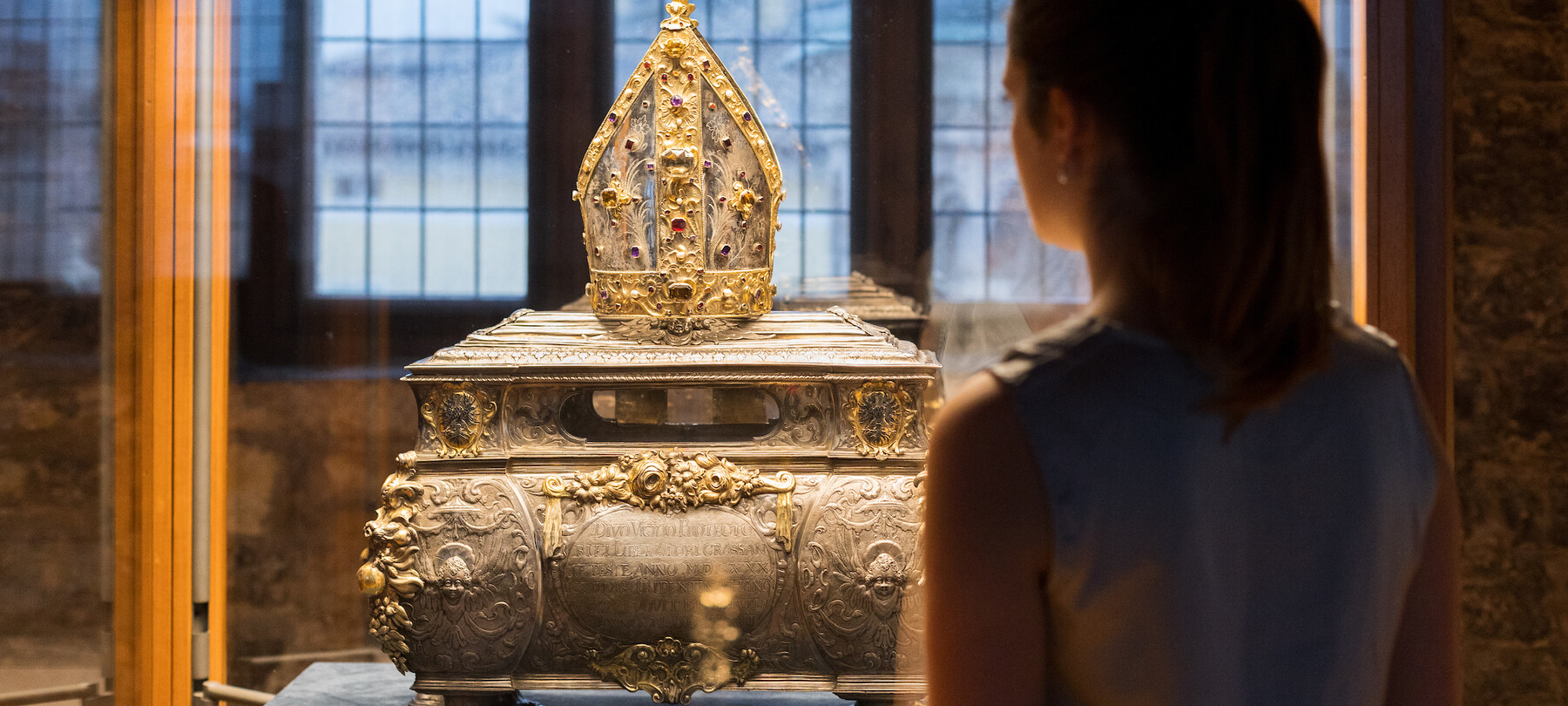
The Council in a painting
However, there is one piece that depicts the relationship between this museum and the city of Trento best of all. It is the General Congregation of the Council of Trent, a 1633 work by Elia Naurizio, which shows a meeting of the Council in the Church of Santa Maria Maggiore, Trento.
It is a painting that you will certainly have already seen in your schoolbooks, and it is found right at the beginning of the route around the museum, to help you immerse yourself straight away in the atmosphere of this momentous historical event. The Tridentine Diocesan Museum is the perfect place to read this and many other stories of the city.
